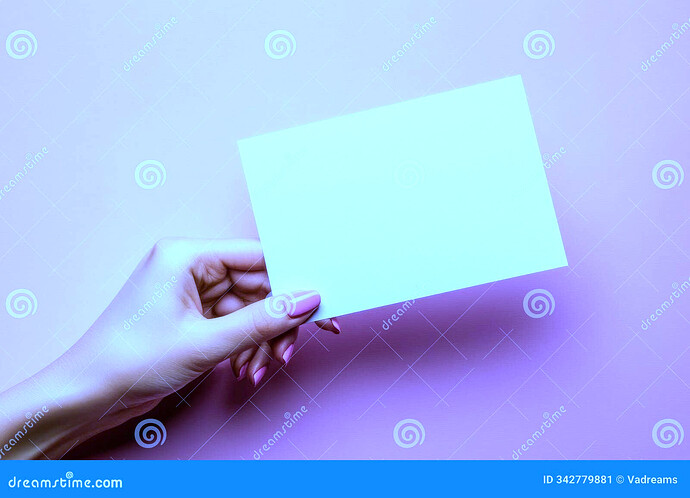In fact the histogram more-or-less does that. The histogram graphs the number (count) of all pixels at every brightness in the picture from black to white. If you want the adjust the brightness and or colours in the darker area of your image you adjust the left side of the curve. If you want to adjust the lighter areas then you adjust the right side of the curve.
A better tool is the Waveform / Parade tools found in some software and extensively used for video editing.
Going on to WB: For RAW files you have two sliders; Temperature which adjust the Blue and Yellow tones in the image; and the Tint slider which adjusts the Green and Magenta tones. For non-RAW you only have the Temperature slider (why DxO decided on this I have no idea because all other programs I have used have both sliders).
Now if you go to the Curves tool and and select the Blue channel and make an adjustment you will see the result is very similar to the Temp slider and the background of the Curve actually show Blue in the top left corner and Yellow in the bottom right corner (yellow is opposite of blue) and moving the curve towards these corners adjusts the image in a very similar way to the Temp slider.
Now select the Green curve and make an adjustment you will see Green in the top left corner and Magenta in the bottom right corner just like the Tint slider.
The Red Curve has Cyan as it’s opposite colour.
So you can see that adjusting the Blue and Green curves is the same as adjusting the Temp and Tint sliders with the added benefit of being able to adjust different parts of the histogram separately thereby adjusting WB to different extents in the shadows and highlights.
Additionally you can also adjust the Red / Cyan tones of the image if you need to, just like I need to in my underwater photos.
Some additional background. I have been taking underwater photos for about 20 years now and started with simple cameras that could not take RAW images. I now use a camera that does take RAW.
I started editing with Lightroom and used the pipette mostly for WB but as the years progressed and I revisited these images I developed better methods to perform WB and have now settled on the Curves tool which works really quickly and easily for these photos and gives me better results.
This thread was intended to show members that there are other ways of editing photos. There is no right or wrong way and some comments have made me look at the details more and helped me better understand what is happening.
I do have to point out that this method works best on underwater photos taken without artificial light, but can be used where the tradition WB tools just don’t work well enough.
I hope this has helped readers look at other tools and find uses for them that they had not realised were there. We are all learning all the time and asking questions no matter how silly they may appear makes one questions things which triggers the learning process 

